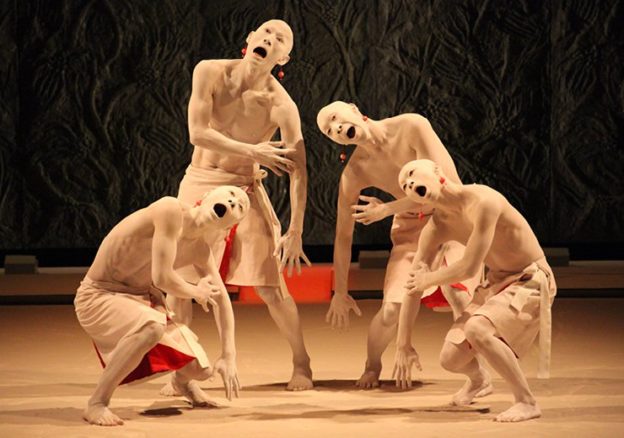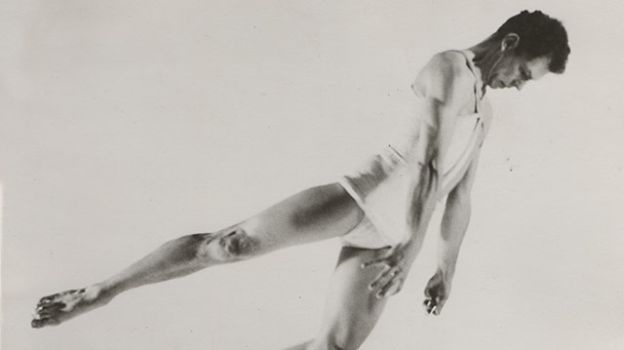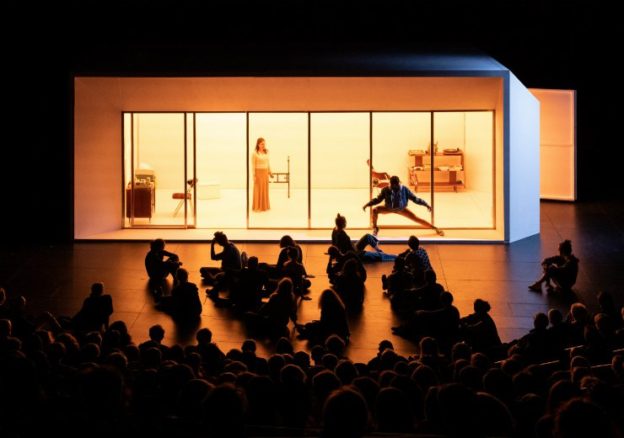Playwright Bernard-Marie Koltès (1948–1989)—a key figure in French postwar drama—believed that dramatic action is always transactional because, writes stage director and Koltès scholar Fabrice Conte, “characters can only interact within the context of a form of negotiation.”
The relationship between the Client and Dealer in Koltès’ play Dans la solitude des champs de coton was the impetus for Adam Linder‘s contemporary opera THE WANT—at Redcat this week in its premiere Los Angeles engagement.


THE WANT will be performed by Jess Gadani, Justin F. Kennedy, Jasmine Orpilla, and Roger Sala Reyner.
Ethan Braun wrote the music and the lighting design is by Shahryar Nashat. The Los Angeles production is co-presented by CAP UCLA.


Working on projects in which our roles interweave, we don’t start with Shahryar as the maker of sculptures or of moving images. Because he’s worked in those mediums, his way of thinking has a particular texture. And because I’ve worked in performing arts and with liveness and theater, my way of thinking has a specific texture.
What interests us is how these textures either complement or productively resist each other. It’s not about the formal outcome of these mediums being combined. And that’s where I would ontologically separate our way of working together from the notion of the “interdisciplinary.” We don’t care about disciplines meeting, but about our sensibilities crisscrossing. — Adam Linder
The reason why Adam and I say we never collaborate and are not interested in doing so is that we don’t really make work together. When he comes to me asking if I would do the stage design for a piece he’s making, I’m happy to work within his concept and apply my skills to his vision. For an artist, it can be playful to have these limitations—in an applied arts versus visual arts kind of way. Adam becomes a bit like my client. — Shahryar Nashat

Thursday through Saturday, September 19, 20, and 21, at 8:30 pm.
Sunday, September 22, at 7 pm.
Redcat
631 West 2nd Street, downtown Los Angeles.
Linder and Nashat quotes are from their 2018 Bomb interview by Aram Moshayedi.

Adam Linder, The Want, 2019. Images courtesy and © the artists, performers, and videographer.






















